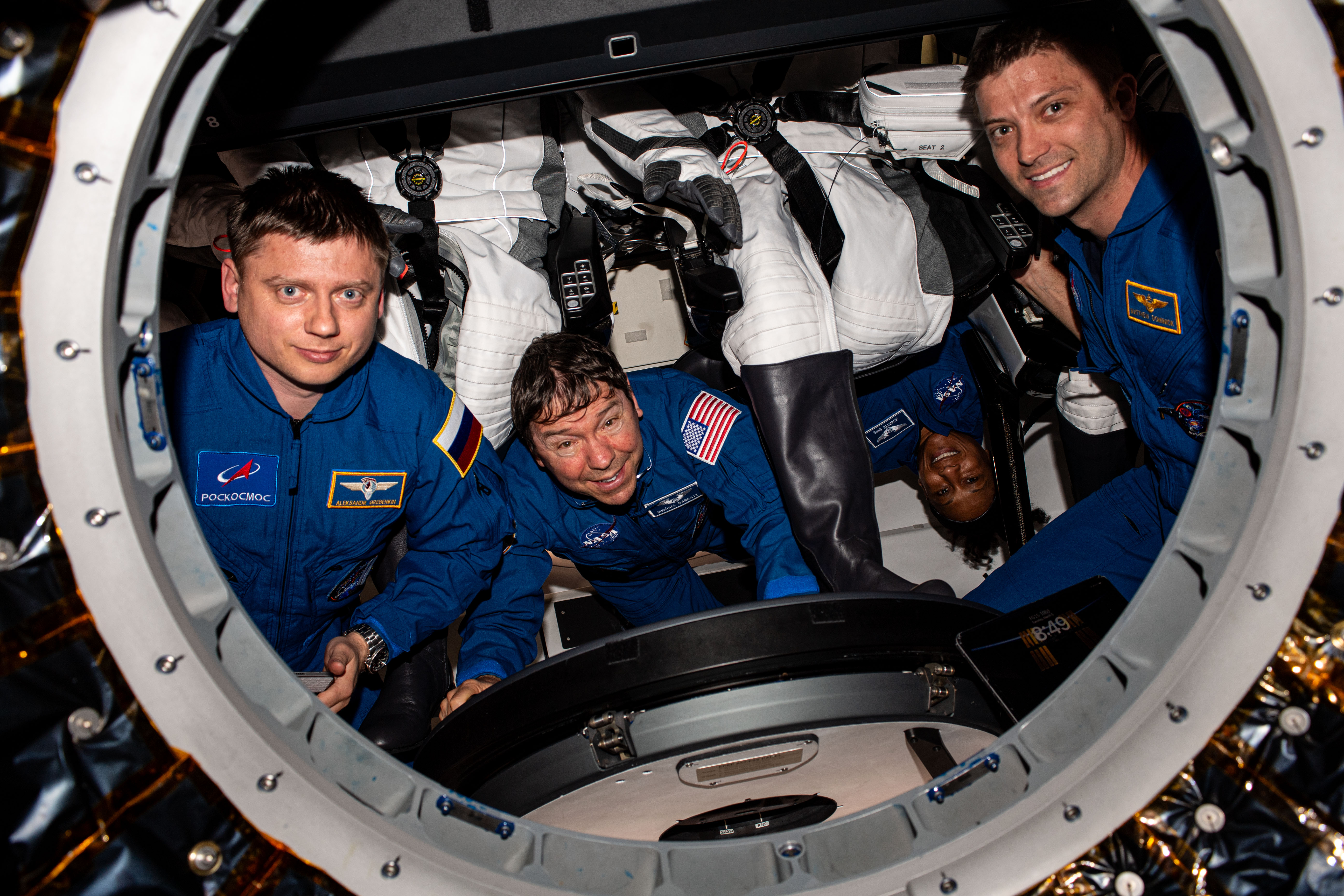The following is attributed to Cheryl Warner, news chief, NASA’s Office of Communications:
“Following NASA’s SpaceX Crew-8 mission’s safe splashdown and recovery off Florida’s coast early Friday morning, NASA astronauts Matthew Dominick, Michael Barratt, and Jeanette Epps, and Roscosmos cosmonaut Alexander Grebenkin were taken to a local medical facility for additional evaluation. The crew exited the Dragon spacecraft onto a recovery ship for standard post-flight medical evaluations. Out of an abundance of caution, all crew members were flown to the facility together. NASA will provide additional information as it becomes available.”




